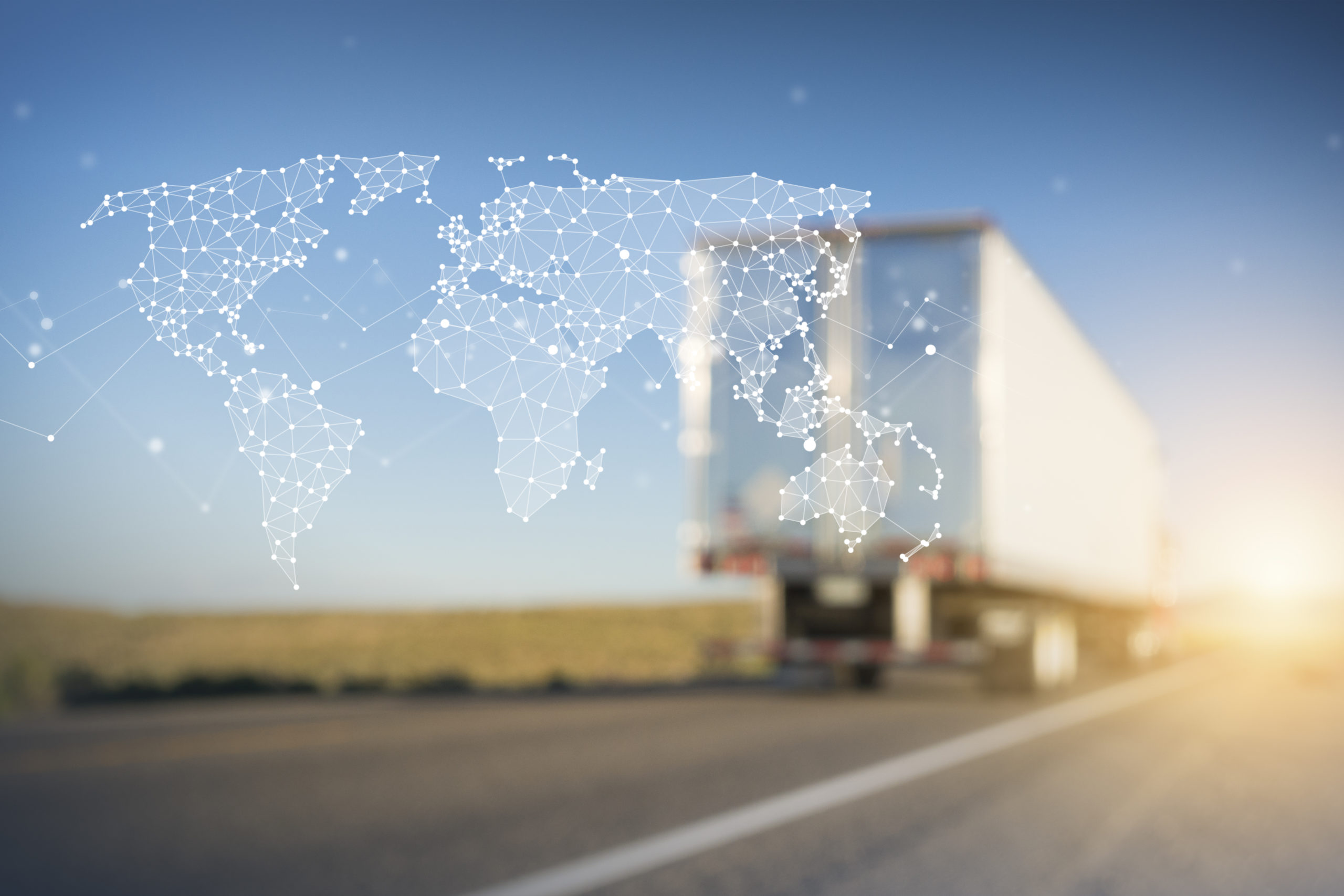In the Terminator film franchise, future humans battle for survival against robotic machines of their own invention. Union leaders who represent dock workers may feel like that future has already arrived, as they fight against the automation of ports. On the other hand, container terminal operators—especially on the U.S. Pacific Coast—see automation as vital to their businesses’ survival.
The International Longshore and Warehouse Union is trying to stop the next round of automation at the Ports of Long Beach and Los Angeles because it will eliminate jobs. But as reported by the Journal of Commerce on May 19, employers say automation “is needed to increase capacity and keep the ports of Long Beach and Los Angeles competitive” and reduce operating costs.
Marine terminal automation is “the most contentious issue facing longshore unions on the West and East coasts of North America,” wrote JOC. In the short-term, port terminal operators and supply chain managers are anxious about whether West Coast ports will be disrupted in 2022 when the ILWU contract comes up for renegotiation.
In the long-term, automation will likely proceed at a rapid pace—with most human dockworkers going the way of the piano players that worked in every movie theater before “talkies” replaced silent movies.
In the world’s largest port, Yangshan – near Shanghai – a fully automated two-square kilometer Phase 4 terminal completed its trials and began operating in December 2018. “Instead of an army of workers, the job here is entirely done by machinery,” says an enthusiastic Xinhua correspondent in a video posted on YouTube.
The automated terminal handled about 5 million of Shanghai’s 43.5 million TEU (a TEU is a 20-foot container) in 2020. According to The Maritime Executive, Shanghai port authorities expect automated operations to handle 30 million TEU by 2026.
As might be expected, most ports around the world are proceeding more slowly with automation—even defining it differently; in the current clash over automation at the Port of Long Beach and Los Angeles, the ship-to-shore crane operation would remain under human control. Automation at Shanghai means “not a single person is required in this whole process,” notes the Xinhua correspondent.
In some of the largest European ports automation is in a much earlier phase. Hamburg is testing self-driving trucks and Rotterdam plans 10 pilot projects to increase automation and lower emissions from port operations.
Hamburg, Singapore, and other busy ports are also conducting pilots of autonomous UAV (drone) operations to speed deliveries to ships, conduct inspections and perform other functions. And freight-forwarder Hellman will begin a pilot next year using 60 UAVs for air cargo operations between 39 airports in 13 European countries, according to Reuters.
Hellman’s technology partner Dronamics says its Black Swan drones can carry 350 kg (772 pounds), travel 2500 km (1,533 miles) and only require 400 meters (1,312 feet) of runway. The Bulgarian firm says it aims to “democratize air freight and lower the cost of shipping everywhere”—but initial target markets are European e-commerce, healthcare, perishables, automotive, IT/telecom and mining.
Closer to home, The Hill reports that in July a self-driving semi-truck made by TuSimple delivered a load of watermelons from Arizona to Oklahoma—in 10 hours less time than a human driver could have accomplished the delivery. Sidebar: a supervisor did take over 20 percent of control to navigate through more densely populated city areas of the itinerary.
Still an automated, robotic future of logistics and supply chains seems to be arriving more quickly than a science fiction screenwriter could have imagined 10 years ago.





